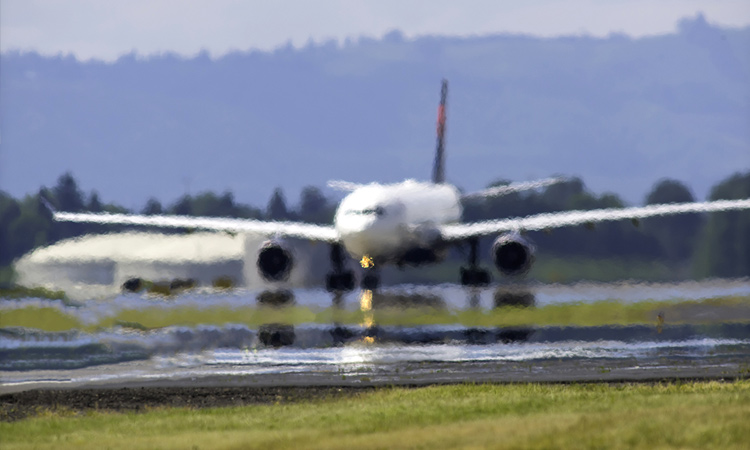Feature
Wavefront Sensing in Deep Turbulence
Applications ranging from lidar to free-space laser communications to directed energy require ever-better ways to overcome the distortions of a churning atmosphere. Emerging wavefront-sensing technologies are stepping up to the challenge.
 [Getty Images]
[Getty Images]
Anyone who has tried to pick out the shape of a distant object on the horizon has experienced the effects of optical atmospheric turbulence—fluctuations in the air’s index of refraction due to temperature gradients. Instead of a crisp, clear picture, the detected image is warped, distorted, and blurred by the varying turbulence cells between the object and the eye (or the camera).
…Log in or become a member to view the full text of this article.
This article may be available for purchase via the search at Optica Publishing Group.
Optica Members get the full text of Optics & Photonics News, plus a variety of other member benefits.

